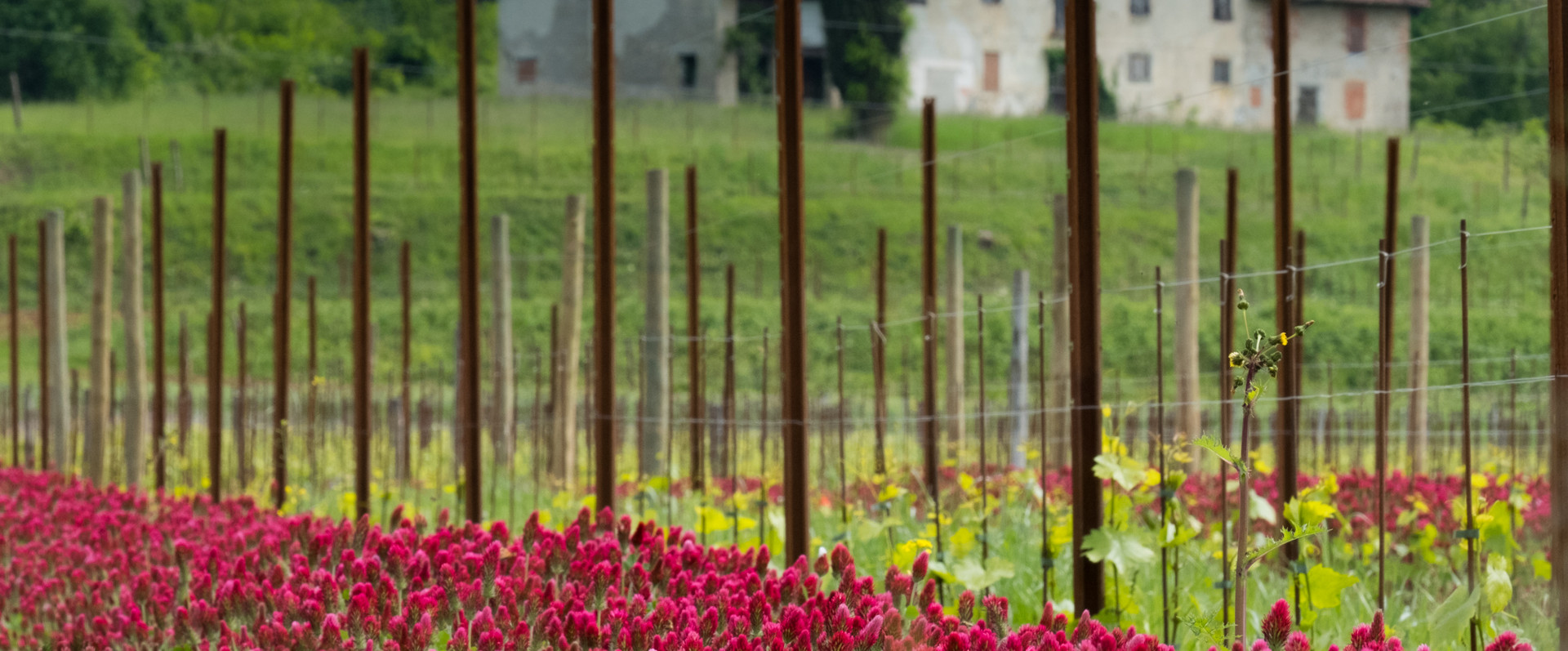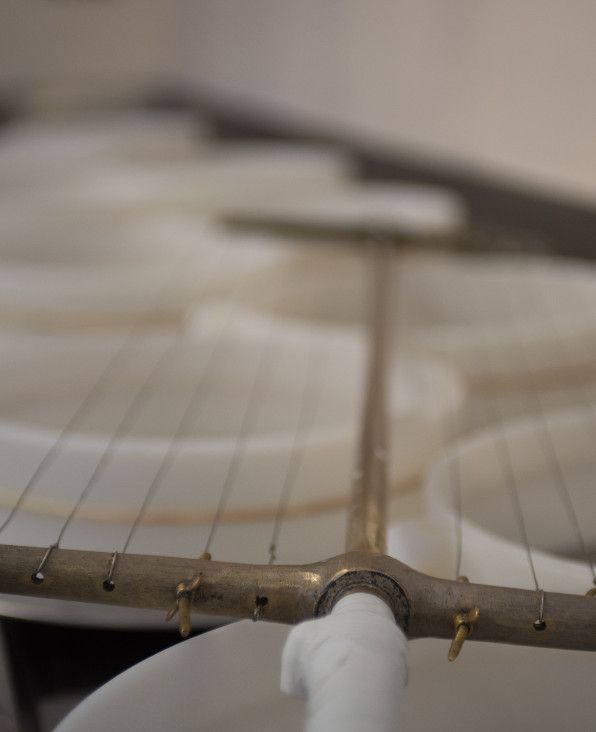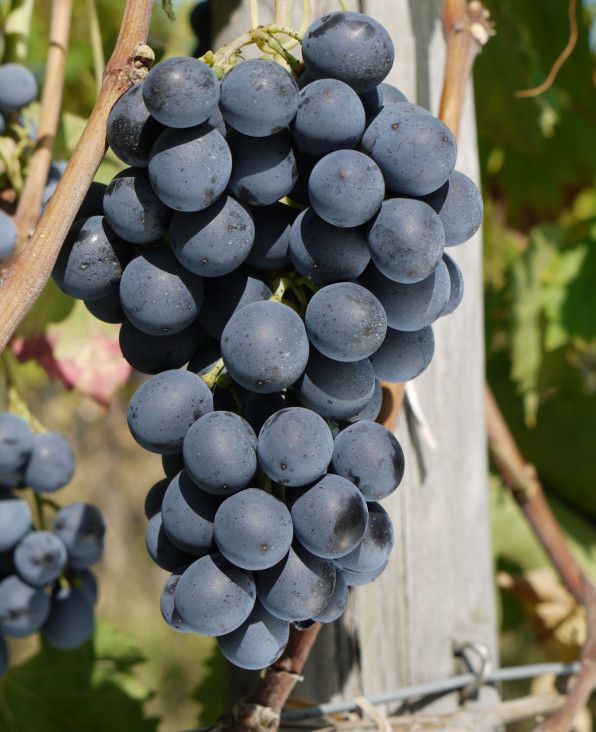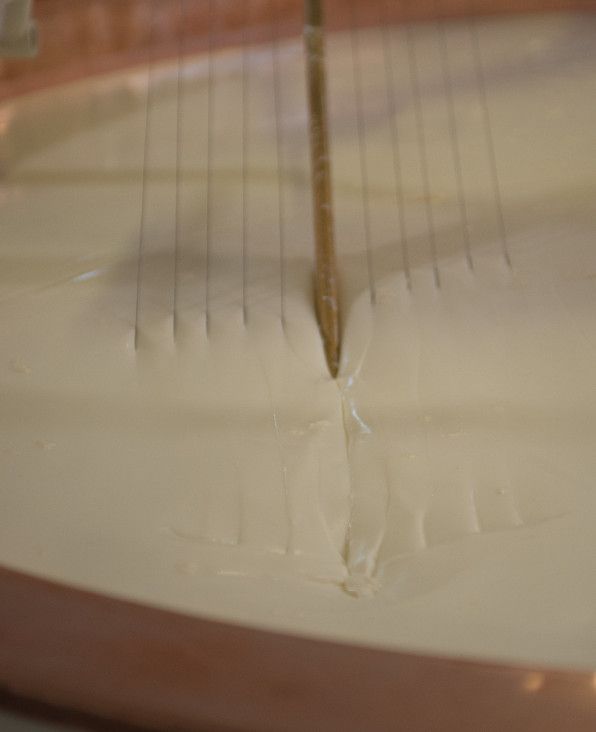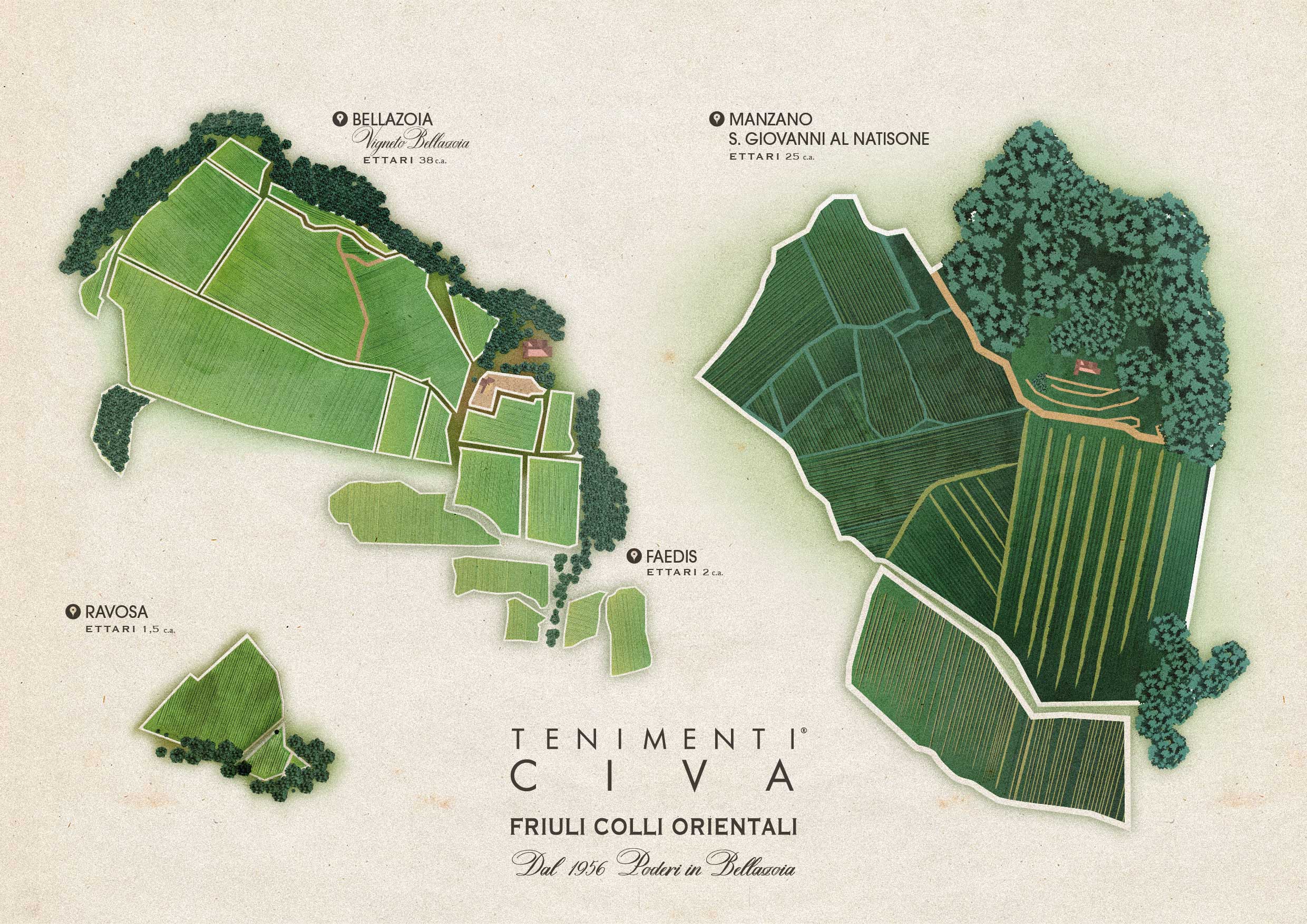
TENIMENTI CIVA, THE BELLAZOIA VINEYARD
Bellazoia is the easternmost hamlet in the municipality of Povoletto, a village consisting of houses built mostly along the main road and the road branching off from it. Since time immemorial it has been a farming village where some of the local people have worked in viticulture.
Tenimenti Civa grows the vines in the verdant countryside and the belt of hills lying to the north of the town. Our plots, alongside the woods, slope down towards the plain that in turn slopes slowly down to the sea.
The vineyards, together with the wooded hills and the peaks of the Julian Prealps, give the Bellazoia vineyard an enchanting beauty. At harvest time they offer wonderful shades of colour and life.
Observed from afar, the Julian Prealps resemble an ancient wall, and extraordinary views of the mountains celebrated by authors such as Chateaubriand in his memoirs, or in the works of Gabriel Fauré and Carlo Emilio Gadda.
The Alps and Prealps act as a precious shield, protecting the vines from the cold north winds, while the Adriatic Sea ensures light and constant air circulation. The whole hilly area is the result of a very slow sedimentation process, with debris, sands and clays accumulating on the seabed
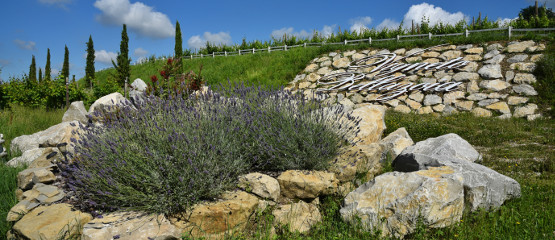
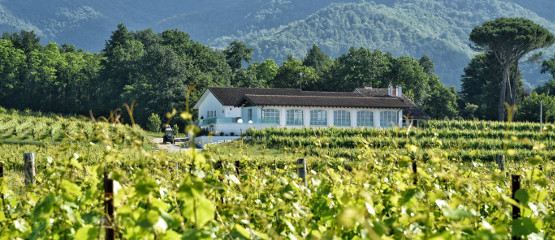
Only when the sea withdrew did the hills of the Colli Orientali del Friuli emerge, shaped and sculpted by rains, rivers and mountain streams, but also by the patient agricultural development work carried out by generations of farmers.
On this rock and earth characterized by layers of marl (clay and limestone) alternating with sandstone we tend our vines and harvest the grapes by hand or with the aid of grape harvesting machines.
The woods of broad-leaved trees also protect the vineyards from bad weather and contribute to the creation of a unique microclimate from which the vines benefit, producing grapes which display the typical traits of the territory. The great biodiversity in trees and herbaceous plants and the multitude of insects present in the wooded areas creates a harmonious environment that is gradually transmitted to the vineyards, helping us in their correct agronomic management.
The particular and pleasant configuration of the entire landscape seems to be the reason for the placename of Bellazoia, that is “beautiful jewel”, which perfectly expresses the fertility of these gently rolling hills, where quality production and the aesthetic enjoyment of the landscape remain inseparable.
The village of Bellazoia has about 130 inhabitants, and although it had been long forgotten precisely because of its somewhat secluded geographical position, it has found a new lease of life and energy thanks to estates such as Tenimenti Civa and other local businesses.
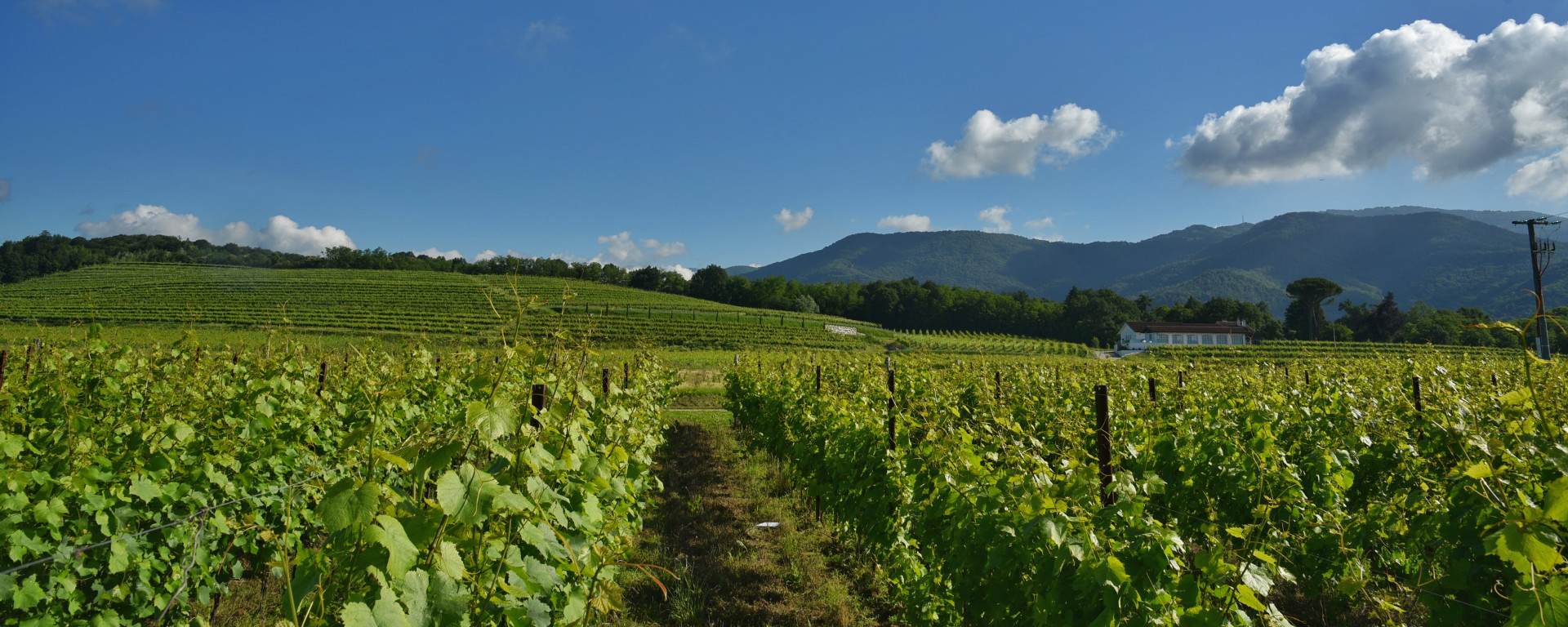
TENIMENTI CIVA, TWO HECTARES OF VINEYARDS AT RAVOSA PLANTED TO SCHIOPPETTINO
In Ravosa, one of the eleven hamlets of the municipality of Povoletto, there is a small plot (1.7 hectares) planted to Schioppettino – Sclopetìn in the Friulan language – a red grape variety native to Friuli.
Schioppettino is grown in the provinces of Udine, Gorizia and also in Slovenia, where it takes the name of Pòcalza.
Ravosa, which today has 352 inhabitants, has always been a farming village. Towards the end of the 19th century, agriculture and cattle breeding had developed to the point that the first social dairy in the municipality of Povoletto – and one of the first in Friuli – was established here in 1884. The time-honoured tradition of using one’s own milk at home to make butter and cheese was thus abandoned. Yields increased thanks to a rationalization of the product.
Even today Ravosa has a social dairy with four members. The cows are milked twice a day and their milk taken to the dairy. The cheesemaker transforms the raw material into cheese and butter, highly sought after for its quality. The members then collect a quantity of products proportionate to the amount of milk they have taken to the dairy. The only ingredients used are milk, salt and rennet, unless we also count a richly nuanced flavour.
POVOLETTO AND ITS HAMLETS
The area that extends north-east of Udine along the left bank of the Torre stream, bordered by the beautiful hills of Savorgnano to the north and those of Bellazoia to the east, and extending along the enchanting wooded valleys of Attimis, Faedis and Nimis, forms the municipality of Povoletto. The origin of the place name, which some trace back to populus, the Latin for “poplar tree”, is curious.
This theory may be right, when we consider that the area, continuously invaded by water and with many marshy areas, was rich in woods and copses of shrubs, willows and especially poplars. Another theory for the origin of the name is based on the Friulan pronunciation of the word pabuletum, namely “pasture”, which fits in with the landscape of the area.
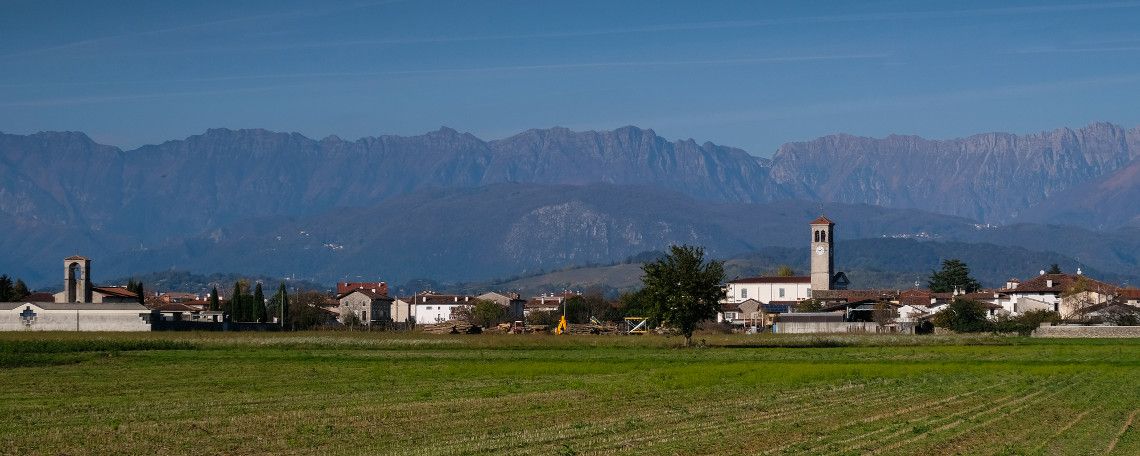
A PERFECT AREA FOR FARMING
Povoletto and its hamlets occupy a strip of land on the edge of the town, with an extensive cultivated plain, but there are still large areas of unspoilt quiet, where the farming community manages to preserve its popular traditions and ways of life.
The area covered by the council district displays a belt of rock from the Eocene (a geological period between 55 and 20 million years ago) to the south and east, with the villages of Savorgnano, Ravosa, Magredis, Bellazoia. In the other directions, there is a flat expanse dotted with the hamlets of Primulacco, Marsure di Sopra, Marsure di Sotto, Belvedere, Siacco, Povoletto, Salt and Grions del Torre.
This is an area rich in water: in addition to the impetuous torrents of Torre, Cornappo and Malina (which flows near Bellazoia), and the calmly flowing Cividina canal, there are numerous other brooks and small mountain streams, which bear the waters from the woods and hills down towards the plain, in greater need of irrigation, making it more fertile. From here the water is redistributed through a myriad of canals, streams and ditches (agars in Friulan) carrying precious vital lymph.
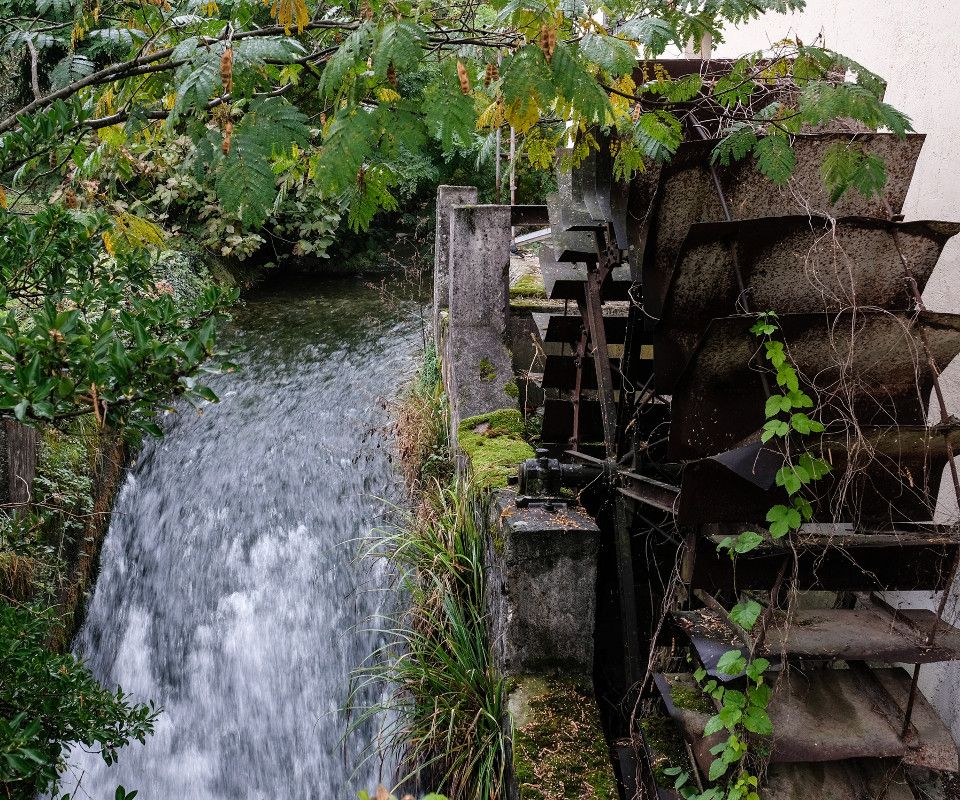
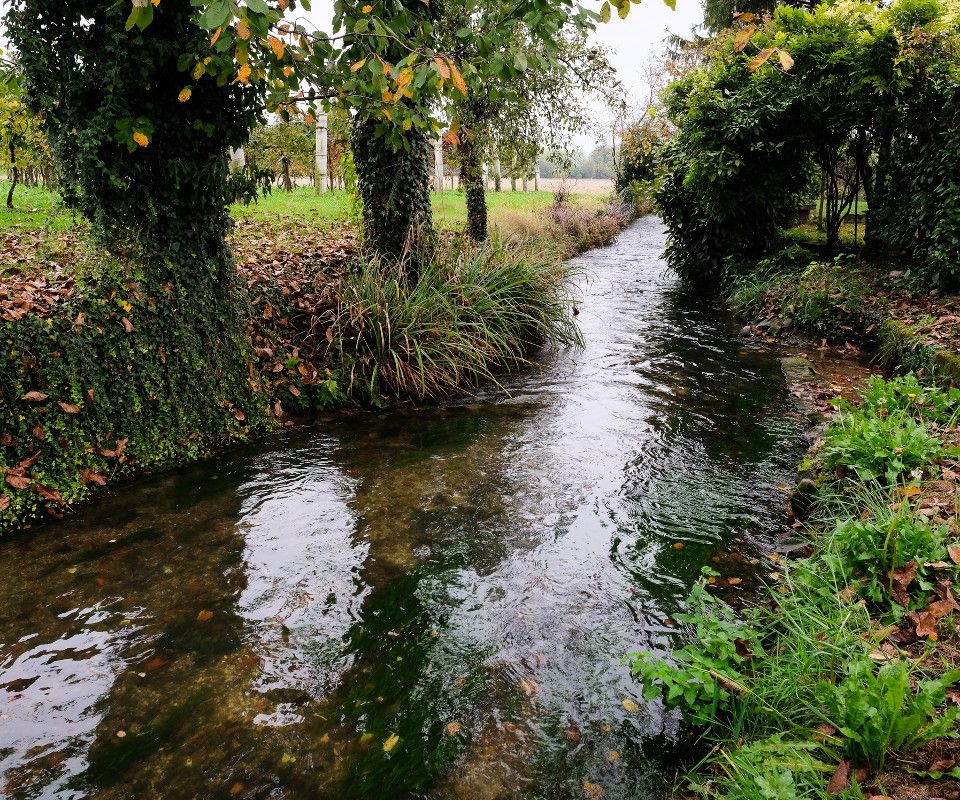
These places are of such beauty, above all the hills, that they attract tourists curious to discover farming communities, traditional foods and excellent wines.
In the past, at least a hundred mills were built along the course of the canals to transform the fruits of the earth to gave sustenance and nourishment to the Friulians, for whom flour and water were not merely indispensable, but often their only food.
The climate here is windy and dry, which is crucial for the health of the grapes. Rainfall is in line with regional averages.
One of the natural beauties of Friuli is undoubtedly the Torrente Torre, the mountain stream which represents a particular attraction due both to the beauty of the area it crosses and to its own charm.
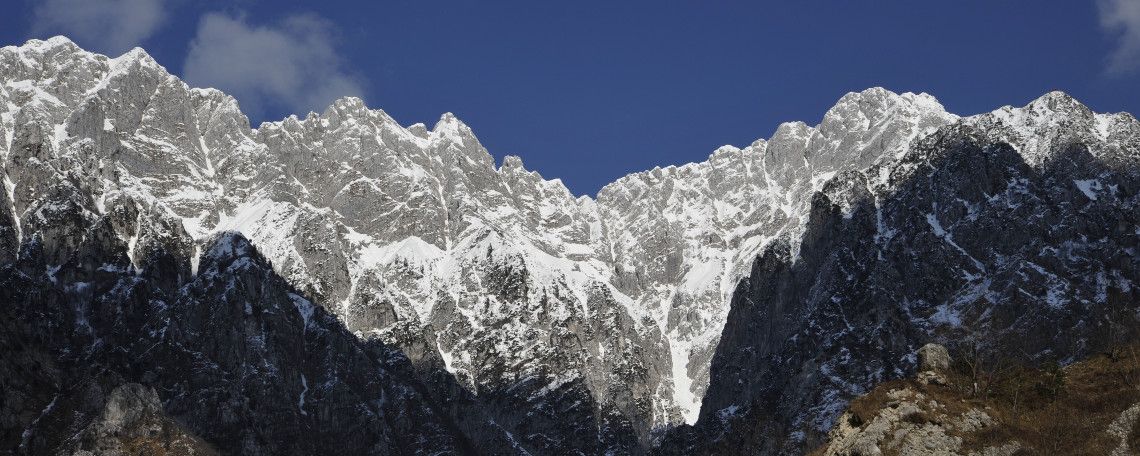
Its waters flow from the Musi Mountains, descend in rivulets forming icy waterfalls, and create basins of water of a beautiful deep blue under large overhanging boulders, before slipping downstream over the bright white stone and gravel riverbed, bordered with wild vegetation.
Along its course it is held back by the dam built by Arturo Malignani between the late nineteenth and early twentieth century, to serve the power stations that had been built to respond to the energy demands of the factories, which began to use electricity as a driving force instead of coal.
It then reaches the softly rolling lands of Tarcento, where the morainic hills, dotted with villas and gardens, display wonderful varieties of colours during the changing seasons, with chestnuts, lindens, forsythia, wisteria, mimosas, cherry trees, almond trees, and peach trees.
When it reaches the countryside near Povoletto it swells with the contributions of other streams (such as Malina and Grivò), then flows into the lower Friuli area and on into the River Isonzo. The basin halfway along the course of the Torre is permeable due to its prevalent composition of gravel and sandy silts.
From this large reservoir, where floodwaters have given rise over time to sand banks, islets, marshes and the tangle of channels bordered with reeds, willows and thick vegetation, various canals are formed that cross the city of Udine.
These include the Roggia Cividina, which flows into Savorgnano del Torre, Remanzacco and Buttrio, which are then absorbed by the River Natisone near Manzano.
The canals served, as well as for domestic use and for the irrigation of the fields, as a driving force for the numerous factories; there were about a hundred mills, sawmills, ironworks, etc. All these workshops used hydraulic energy, which was supplanted by electricity only in the early 1900s.
THE IMPORTANCE OF THE WOODS
Some hamlets in the territory of Povoletto, including Bellazoia, are partly surrounded by woods where you can find small springs (resultivis in the Friulan language) of pure water.
They also offer a full range of natural fruits: wild strawberries, asparagus in spring, blackberries, blueberries, hazelnuts in summer, chestnuts and mushrooms in autumn.
The woods are precious because they re-establish the disturbed climatic balance of the environment after violent storms and serve to maintain constant levels of atmospheric humidity; on the other hand, their disappearance would generate drought.
Nor should we forget the important role they play both in conserving the beauty and integrity of the primitive landscape, and in supplying healthy, oxygenated air to the surrounding area.
TENIMENTI CIVA AT MANZANO
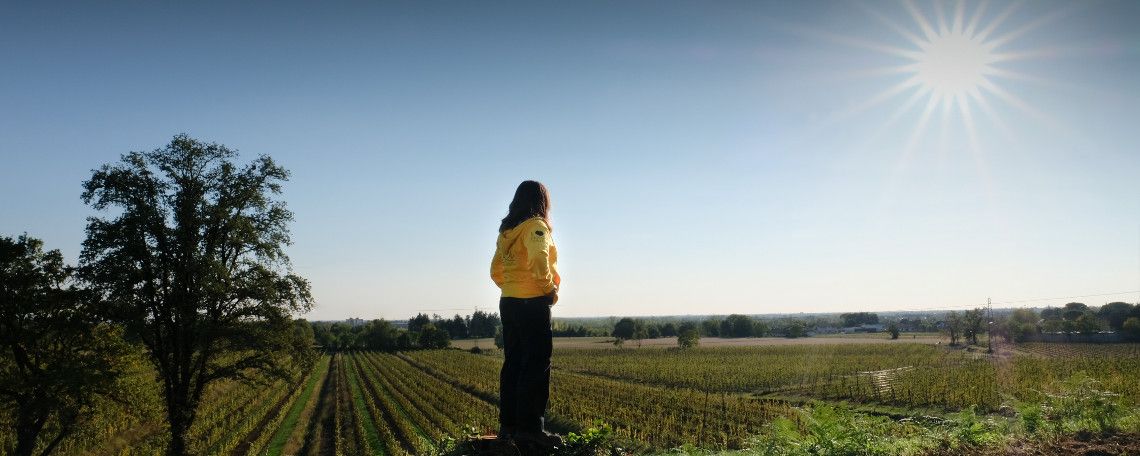
“To the east of Friuli, at the foot of a pleasant hill, lies Manzano; we are still in the Colli Orientali del Friuli. The position is picturesque, and whoever climbs the hill sees a wonderful panorama opening up before them. The immense Friuli plain stretches from east to west, green with fertile fields and meadows, villas and villages.
Looking east and towards the mountains, you can admire the blue and green of the waters of the River Natisone as it advances between the hills of Brazzano, Rosazzo, Rocca Bernarda, and raise your gaze to the green plains of Orsaria and Premariacco until it rests on the bluish tints of the Alps, which complete the wonderful picture”
(Mons. Giuseppe Foschiani)
A landscape of eroded hills and floodplains run across with a network of rivulets, which soon flow into the pre-alpine streams. The remodelled rock mass, the wide riverbeds of the major waterways, and the many streams, or ruati, make for a variegated landscape, belying the presumed uniformity of the high plain.
The rains regulate the often ephemeral life of the watercourses: the brooks descending from the hills depend on local rainfall, while the streams swell when the whole basin is hit by rainfall.
Temperatures are mild for most of the year, and olive trees were once grown here. The coarse soils of the plain, near the higher ground, are enriched by the minute particles deposited by the ruati. Approaching the Torre, meagre pastures and bare gravel areas prevail.
The hills, cut through by numerous small valleys, are sunny at noon and to the west: here the vines can exploit favourable soil conditions and beneficial seasonal variations.
TENIMENTI CIVA AND THE RIONE CASE DI MANZANO VINEYARD
Part of this landscape is “Rione Case”, a town now absorbed by Manzano, where Tenimenti Civa has a vineyard dedicated to Ribolla Gialla, overlooked by Casa Trento, a 17th-century country house.
This vineyard is part of a larger estate also containing that of San Giovanni al Natisone, which as a whole covers about 23 hectares, although there are plans for extension in the near future.
The beautiful hills of the Manzano area reach a maximum elevation of 276 metres with Colle Santa Caterina in Rosazzo, while Colle Trento is 128 metres high.
These hills originated in the Eocene, a period that began 55 million years ago and lasted a total of 20 million years. Formed of marly sediments, marine fossils can still be found here. Case is crossed by a rio (river) bearing the same name, one of the waterways that feed the Natisone.
The fine wines from these hills, but also from the plain of Manzano and the surrounding area, owe their quality to the particular conformation and geological structure of the land, which makes it an ideal habitat for growing grapes.
The fame of this area’s wines has long since crossed regional borders, extending to the whole of Italy and the rest of the world. In addition to Ribolla Gialla, in Manzano we also cultivate the highly prized Merlot
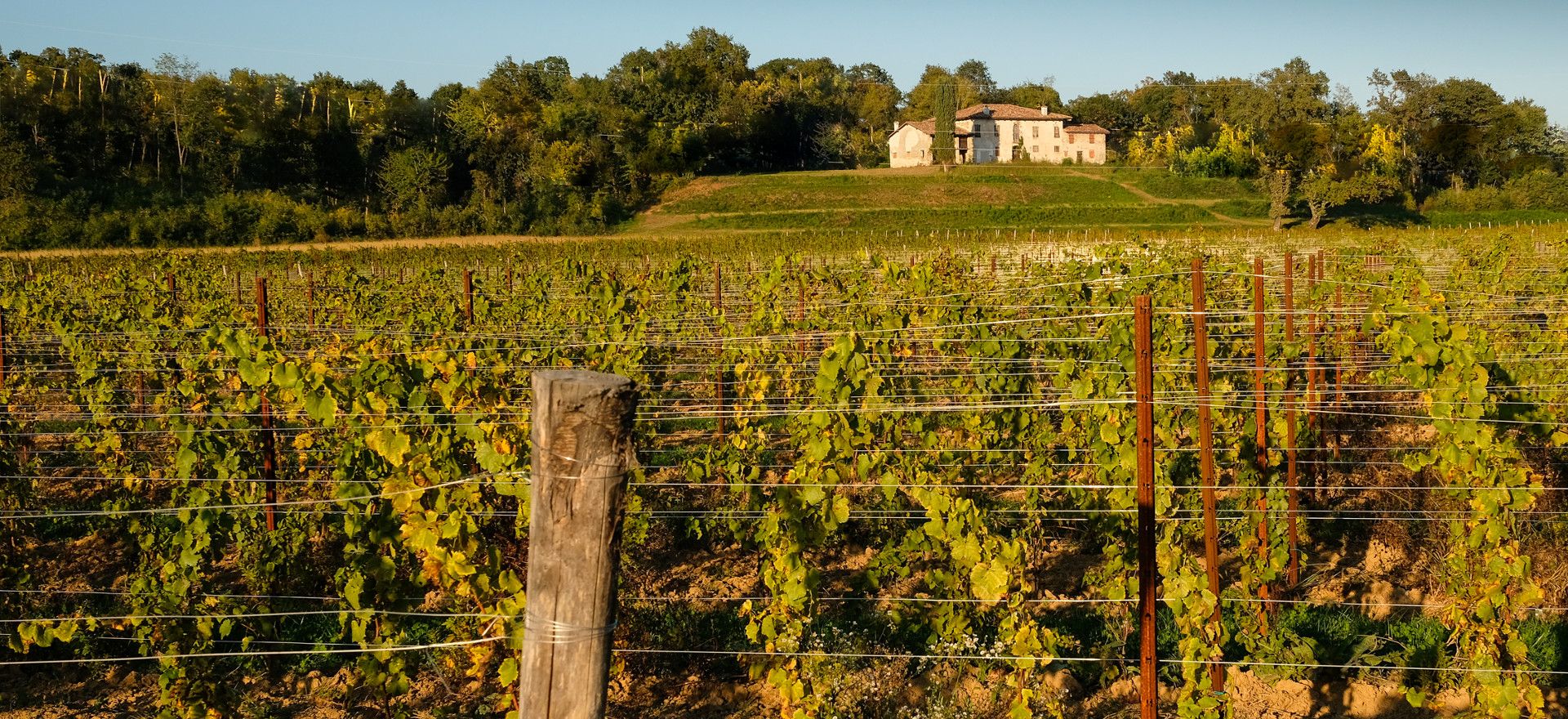
TENIMENTI CIVA AND THE VINEYARD AT SAN GIOVANNI AL NATISONE
San Giovanni al Natisone is located on the high plain of eastern Friuli, south of the foothills of the Julian Prealps, exactly in that portion of the Udine plain between the Natisone to the west and the course of the Judrio to the east.
The Corno stream cuts through the municipal territory lengthwise. The quality of the soils is determined by the different clays and layers of gravel and pebbles.
On this land we grow our jewel: Ribolla Gialla! There is a smooth transition from the San Giovanni al Natisone vineyard to that of Manzano, and these adjacent plots are dedicated to one of the most interesting white grape varieties in terms of the quality of the wine obtained.
Those who love wild beauty and the natural chaos of the landscape, know that rarely in Friuli can they travel through more fascinating places than those offered by the River Natisone as it flows into the Torre, with the wide dry river bed and the cultivated fields behind it.
